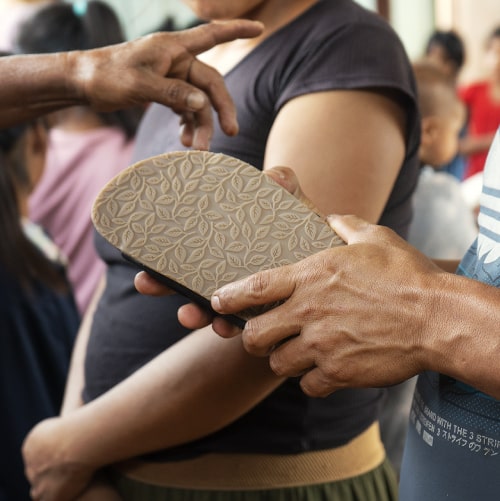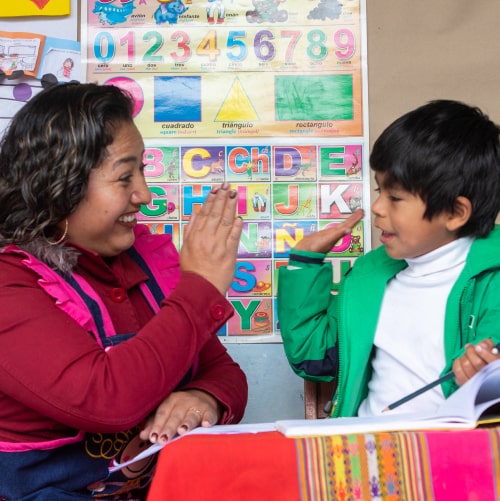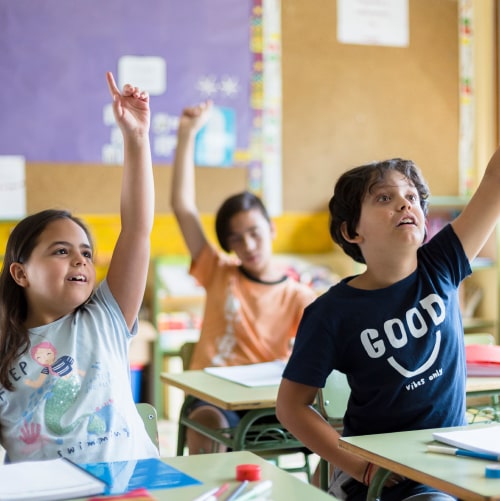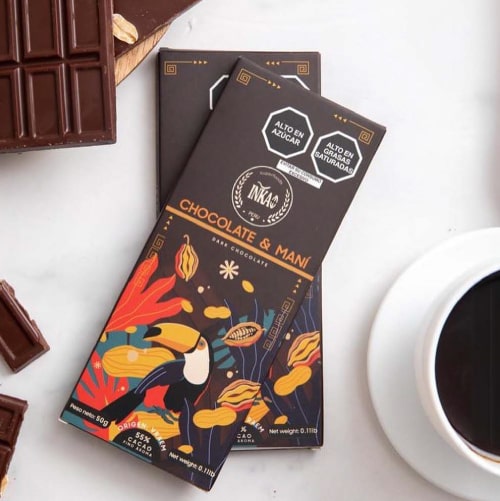Educational policy consists of the set of measures and guidelines that, carefully designed, should constitute the action of the government as a fundamental activity. In this regard, Liliana Villanueva, director of the Wiese Foundation’s Educational Quality Program, spoke with Darío Ugarte, Education Official of UNICEF, about the importance of generating an educational policy for adolescents.
Educational policy for adolescents
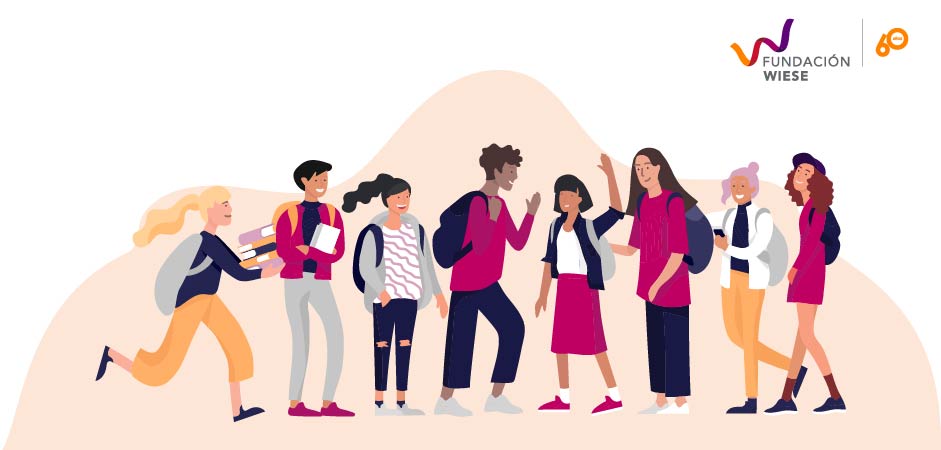
Darío Ugarte indicates that there are two key reasons for implementing an educational policy for adolescents. The first is that never before in the history of Peru, has the adolescent and youth population grown so much, which means that they are the productive and citizen force of the country. The second reason is that cognitive development appears in adolescence.
“They need the country to invest in them. One way of investing is expressed through policies, that is a key element. Knowing that this demographic situation that we are experiencing only happens once in the history of the country, if we don’t take advantage of this opportunity, we are not going to have citizens who actively produce or contribute to the development of the nation”, explains the specialist.
Adolescent experience

Ugarte also makes reference to the work of the Ministry of Education: “MINEDU has decided to elaborate a policy for adolescent education and wellbeing, but this is not just because it has occurred to the minister, it is an excellent decision, it was implemented because behind it there is a population demanding it, this connection makes such a policy much more pertinent”.
For the UNICEF official, the policy for adolescents should be connected to experience: “This pertinence will have greater value if the policy is nurtured through the experiences that occur in the country. It is enough to visit schools in the country to realize that the directors and teachers are using very interesting transformational practices in high school”.
Breaking stereotypes
Ugarte warns that we must be careful with stereotyped visions of adolescents: “I think that many times we have seen in the press, the television, or social media, the image of teenagers who are not capable of doing anything, who have no motivation to dedicate themselves to anything or who are a threat because they are on the verge of delinquency, these are reduced visions”.
The teacher concludes that we have to get rid of these labels imposed on adolescents: “We have to know who is the adolescent subject and what context they live in. What we have found is that we can’t talk about an adolescent but rather about Peruvian adolescences”.
To view the full talk, click here




